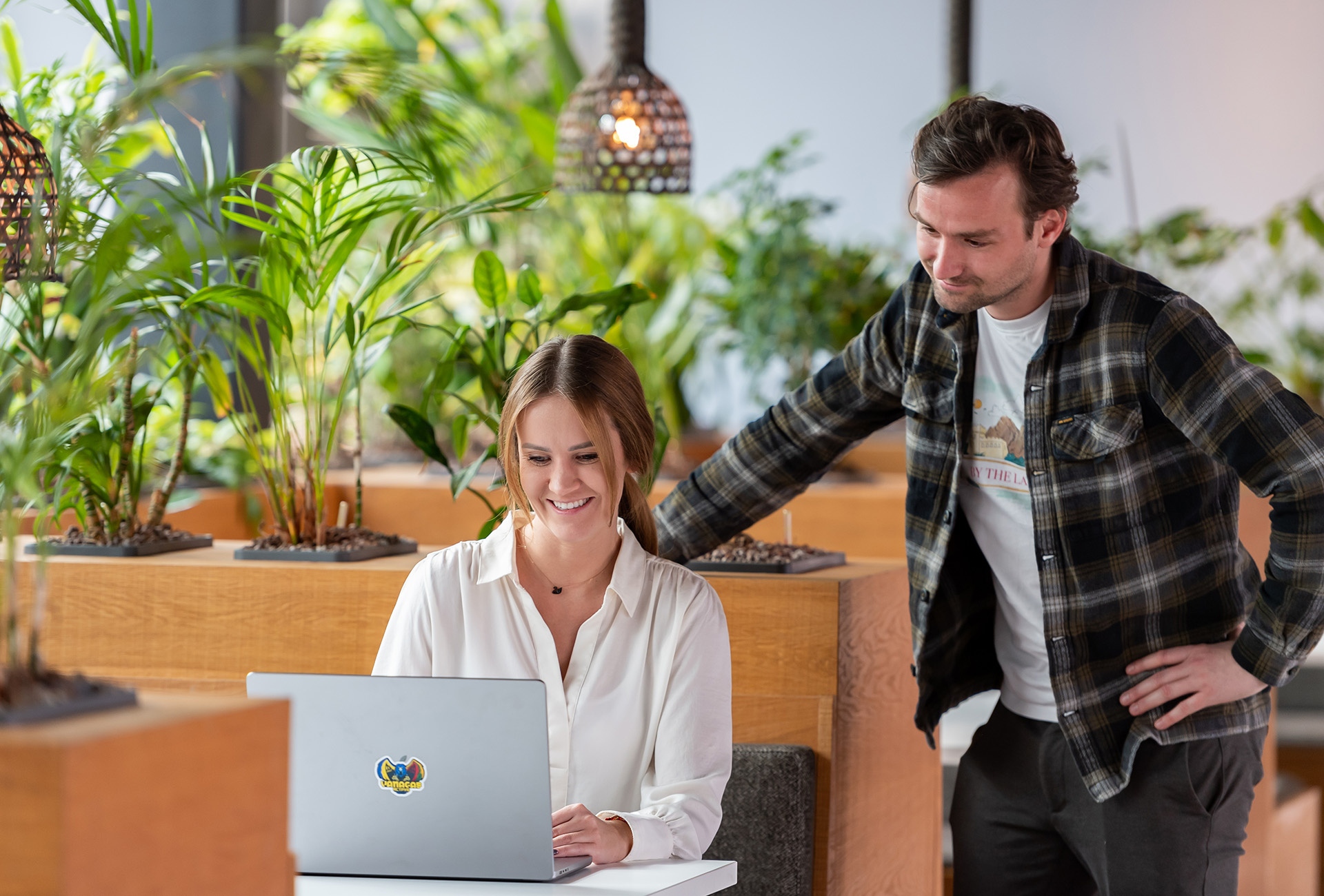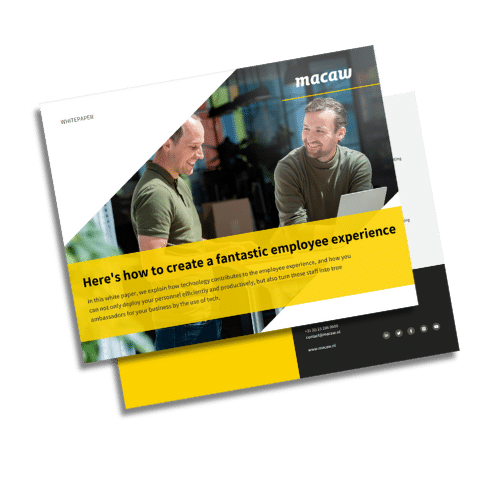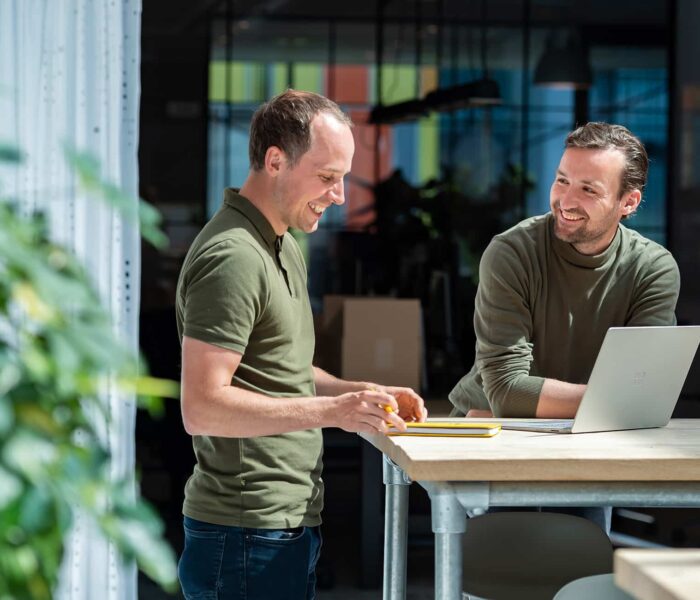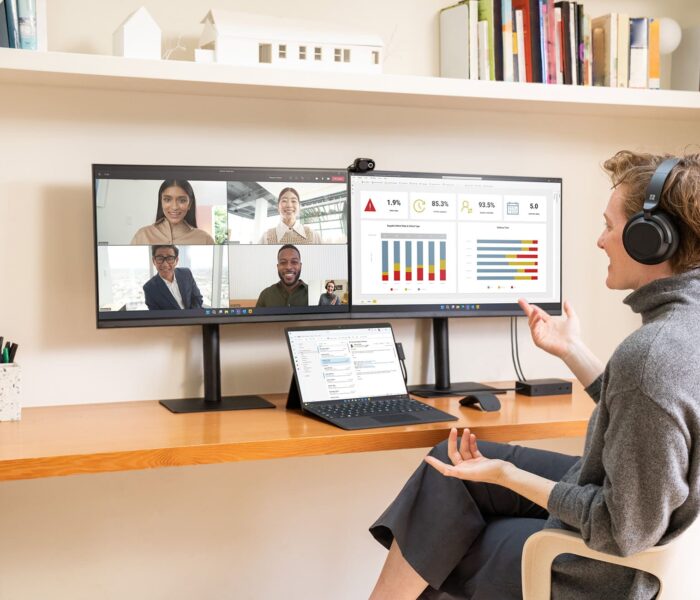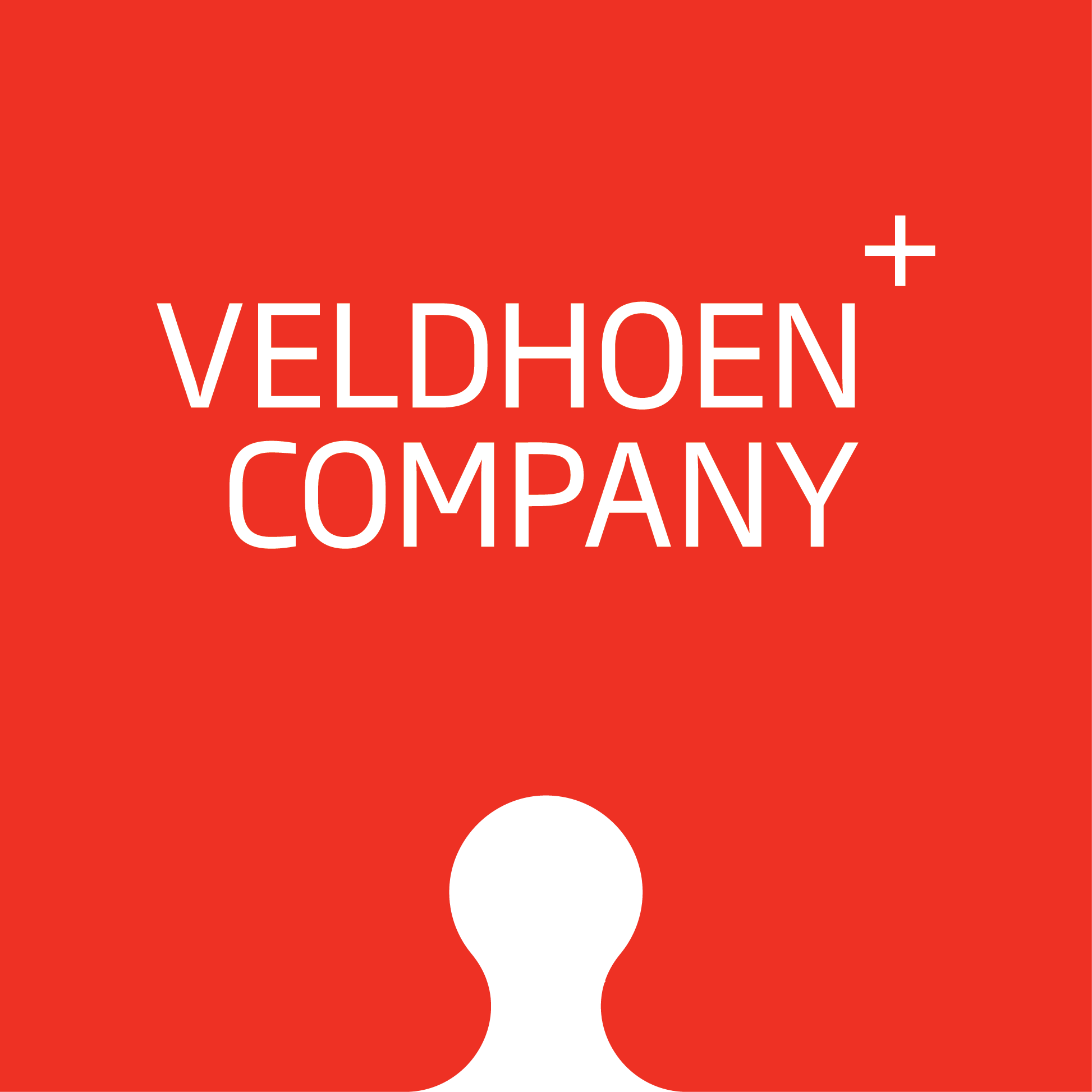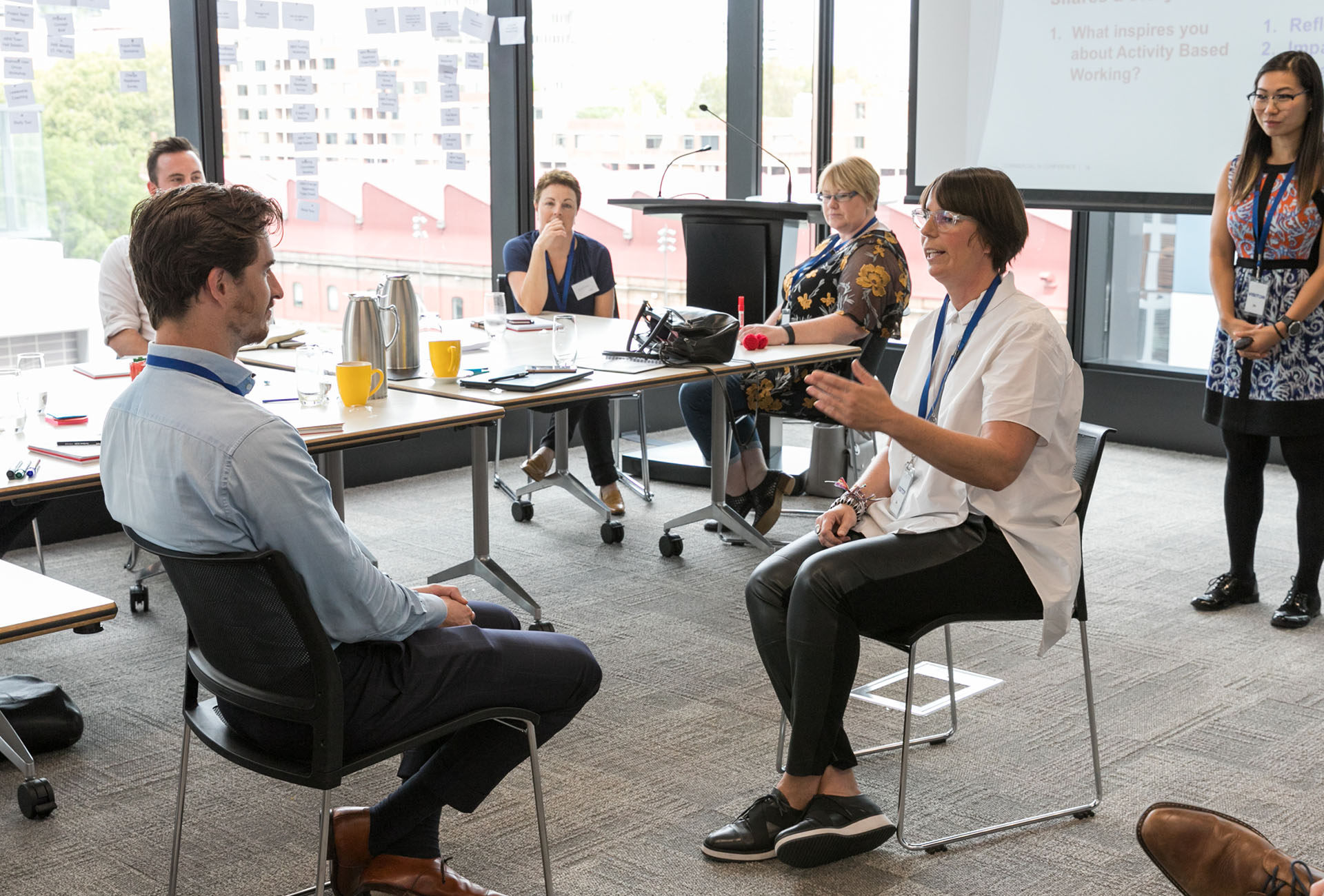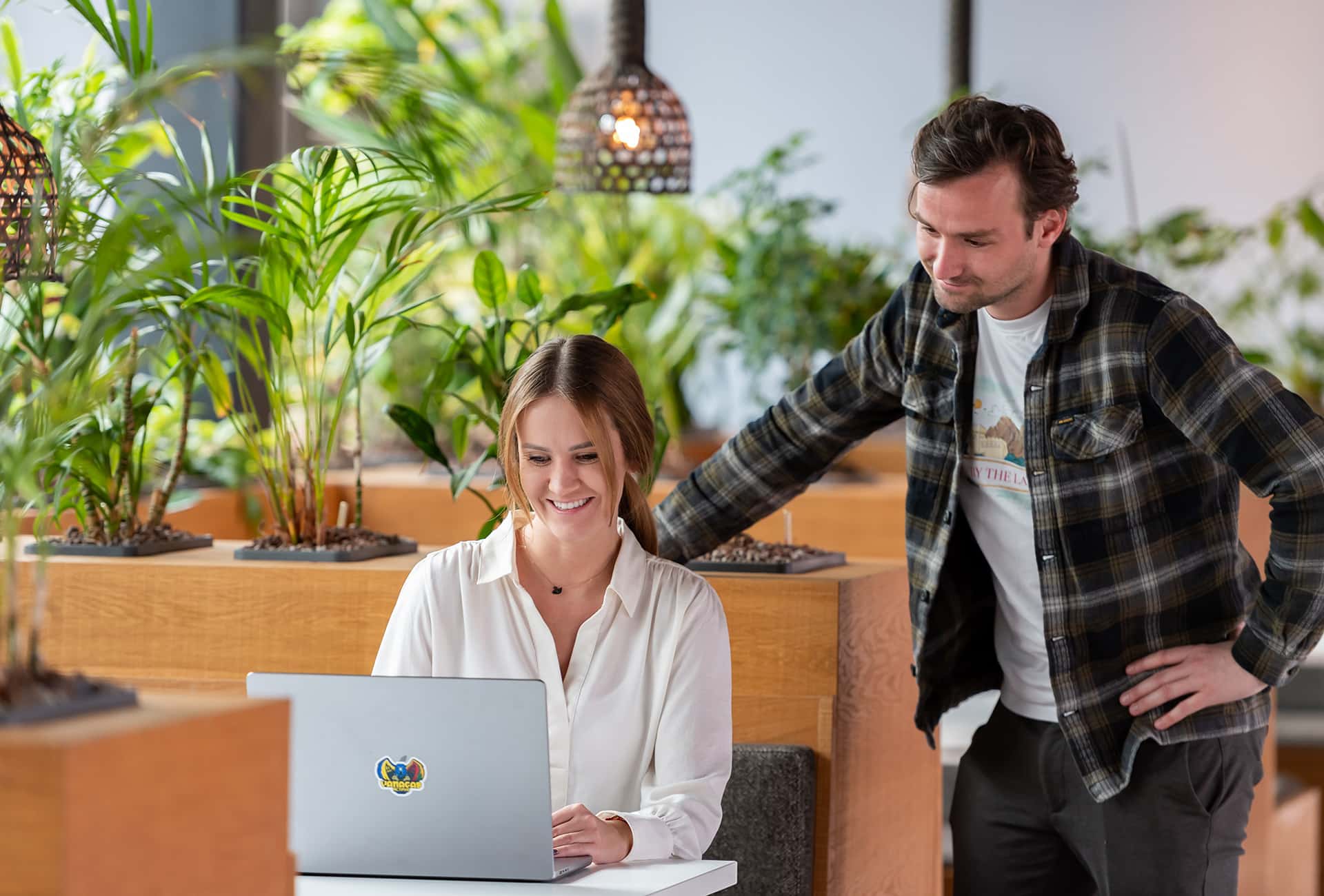After the COVID-19 period, many businesses believe that employees should have the flexibility to work partially from home. The reasons for this are evident, but it has not resulted in a consistent work plan yet. One person may prefer to work from home on Wednesdays, while another prefers Thursdays. One employee may choose to work three days from home, while another opts for two. Teams also want to collaborate in varying compositions, and to complicate matters further, there are often cross-functional teams with members from different departments who need to coordinate their schedules. Company management often struggles with the puzzle of square footage and workspaces—how much is needed each day?
Encourage spontaneous encounters
Furthermore, a company wants to facilitate enough spontaneous encounters, according to Marco van Gelder, a consultant at Veldhoen & Company. He has been assisting organizations with workplace and workforce arrangement issues for many years and conducts research on these topics at Tilburg University. “These encounters are crucial for social cohesion,” he argues.
Technology aids in supporting the workplace, and the role of managers in the future will be more focused on fostering connections. Forward-thinking organizations map out social networks, including informal organization structures. Technology can provide more precise mapping of these networks. During the pandemic, we observed that these groups became smaller and clustered. It is crucial, therefore, to maintain the flow of ideas within the organization.
Will AI help in this regard? Marco says, “AI will certainly connect people who would not have met otherwise, such as colleagues working on the same projects from different countries. Technology facilitates establishing contact.”
Workplace innovation is more than a coffee machine
The use of square footage in offices is also under discussion. How should it be configured? In the past, companies desired prestigious offices to impress clients and potential employees. Now, they are moving to completely different locations because people only come in once or twice a week. A fancy coffee machine alone does not persuade staff. You must consider why people come together and design your office accordingly. Innovation must be organized; it does not occur by chance.
Achieving effective workplace innovation requires a thoughtful and structured approach. The following steps can help accomplish this:
- Understand needs and challenges: Gain insights into the current work environment and identify the specific needs and challenges of the organization and its employees. This can be achieved through surveys, interviews, focus groups, and collecting feedback.
- Establish a vision and strategy: Define a clear vision for workplace innovation that aligns with the organization’s objectives and values.
- Foster a culture of engagement: Involve employees in the workplace innovation process. Encourage open communication, create an environment that values ideas and feedback, and promote active employee participation in brainstorming and implementing changes.
- Flexible work environment: Design the physical and digital work environment in a way that supports flexibility and collaboration. Consider implementing flexible workspaces, areas for informal collaboration, technologies for digital collaboration, and access to relevant information and tools.
- Technology and digital tools: Identify and implement suitable technologies and digital tools that facilitate communication, collaboration, and knowledge sharing. This could include project management software, digital communication platforms, intranets, and collaboration tools.
- Promote autonomy and accountability: Grant employees more autonomy and responsibility over their work. Encourage decision-making at lower levels, provide employees with space to contribute their ideas and expertise, and establish clear responsibilities and objectives.
- Change management: Implement an effective change management process to minimize resistance to change and facilitate a smooth transition. Clearly communicate the changes, provide support and training to employees, and ensure the involvement of all stakeholders.
- Monitor and adapt: Continuously monitor the progress of workplace innovation and gather feedback from employees. Adjust the strategy and approach as necessary based on new insights and changing needs.
Achieving workplace innovation is an ongoing process that requires attention and commitment. Each organization is unique, and the approach to workplace innovation should be tailored to the organization’s objectives.
Watch the podcast
Please note that the podcast is spoken in Dutch with English subtitles
